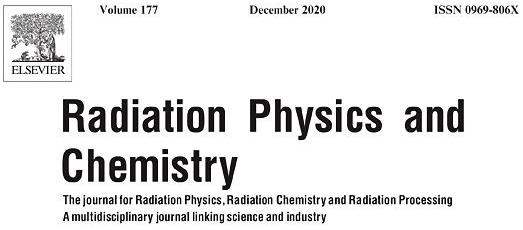W czasopiśmie "Radiation Physics and Chemistry" (IF:2,226; 70 pkt MNiSW) ukazał się artykuł powstały we współpracy KMiSD z Kermanshah University of Technology (Iran). Współpraca dotyczy zastosowania metod sztucznej inteligencji w radioizotopowych badaniach przepływów wielofazowych. Współautorem artykułu jest dr hab. inż. Robert Hanus,
prof. PRz.
Sattari M.A., Roshani G.H., Hanus R.: Improving the structure of two-phase flow meter using feature extraction and GMDH Neural Network. Radiation Physics and Chemistry 171, (2020), 108725. (https://www.sciencedirect.com/science/article/abs/pii/S0969806X19312198?via%3Dihub)
Abstract
Determination of the volumetric percentages and type of flow regime in two-phase fluids is a significant parameter in various industries such as oil, gas and petrochemical industries. In current paper, to distinguish this important parameters, the structure consist of one 137Cs source and just one sodium iodide (NaI) detector has been simulated. Three commonly flow regimes including: annular, stratified and homogeneous are simulated in void fraction of 5%–90%. The simulation structure was carried out by the Monte Carlo N Particle X-version (MCNP-X) code to provide the required dataset for extracting the features and using them in the Artificial Neural Network (ANN). The received signal from the detector has many fluctuation, due to the uncertainty of measurements in the MCNPX code. Considering the uncertainty parameter as high-frequency noise and using the Savitzky-Golay filter to eliminate this noise, it has been tried to improve the uncertainty parameter. After denoising the primary signal seven features in time domain were extracted. All the extracted characteristics were considered as the input of the Group Method of Data Handling (GMDH) neural networks. In this research two independent GMDH neural networks were implemented to identify the flow regime and estimate the volumetric percentages. The results indicate that the proposed model has the ability to distinguish the type of flow regimes with 100% precision and determine the volume fraction percentage with the root mean square error of less than 1.11. Reducing the number of detectors, reducing costs, system simplification and increasing the accuracy of two-phase flow meters are the important advantages of this research.






